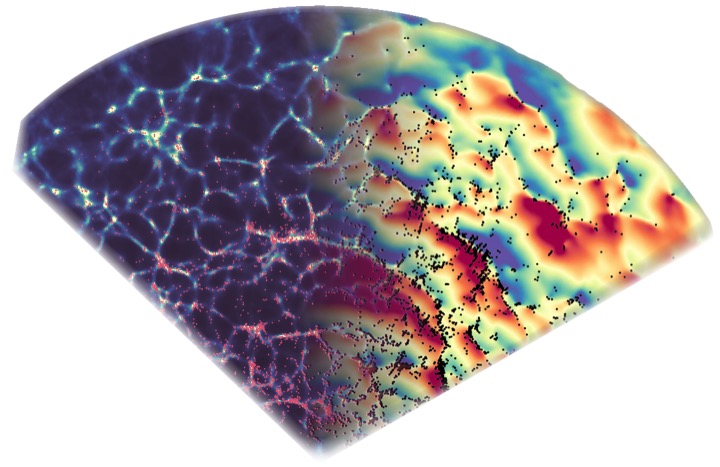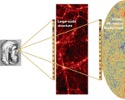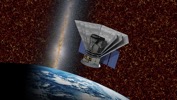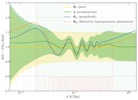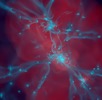The Scientific Scope of the School
The aim of this thematic school of CNRS is to provide a modern overview of new observational facilities, different and multi-wavelength probes of the physics of large-scale structures, growing tensions in cosmology, problems posed by influence of baryons and opportunities offered by new multi-messenger probes. approaches (eg gravitational waves). Therefore, the school will cover aspects of photometric and spectroscopic galaxy catalogs, the faint lensing of galaxies, the cosmic microwave background (including the lensing of it), a presentation of Euclid, LSST and SPHEREx, and the tensions/opportunities in combining datasets. Participants will also gain insight into common statistical methods used to infer cosmological parameters and powerful new methods of data analysis being developed.
The XVth school of Cosmology brings together specialists in cosmology (theoretical and observational) and in data science. The program consists of lectures and selected contributions submitted by the participants. We intend to cover a programme exploring a vast number of topics related to Large Scale Structures:
- A panorama of the physics, the phenomenology and observations of Large scale structures
- Specific challenges related to data in :
- the Cosmic Microwave Background (e.g. Planck, SPT, ACT)
- spectroscopic surveys, including Lyman-alpha forest
- photometric surveys, notably with weak lensing effects
- intensity mapping surveys
- Methods of statistical analysis, through
- usual approaches based on 1pt, 2pt and 3pt correlation functions
- new approaches such as additional probes, simulation-based inference, field-level inference, and other methodss
- Tensions and problems arising from multi-wavelength observations (for example the relation between X-ray cluster abundance, the SZ clusters and/or CMB lensing tensions)
- Emerging multi-messenger/multi-wavelength/multi-probe observatories and techniques (e.g. gravitational waves, high-energy particles including neutrinos)
